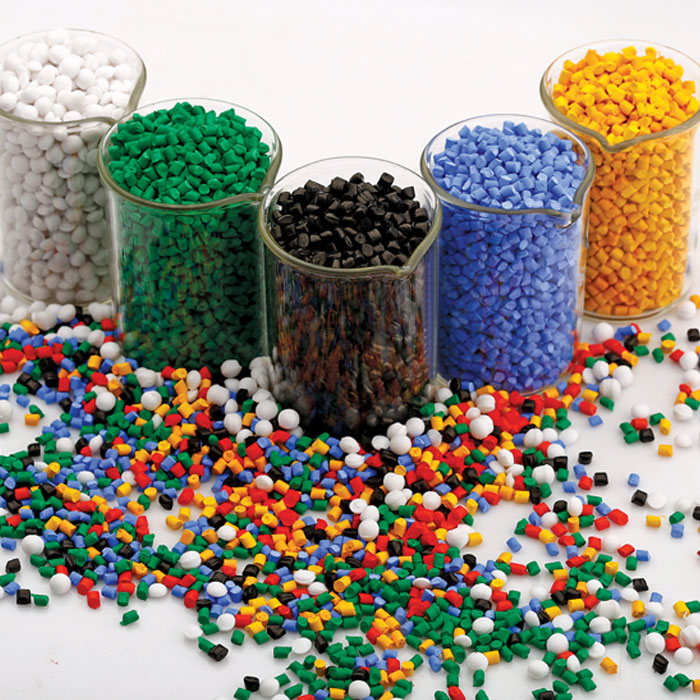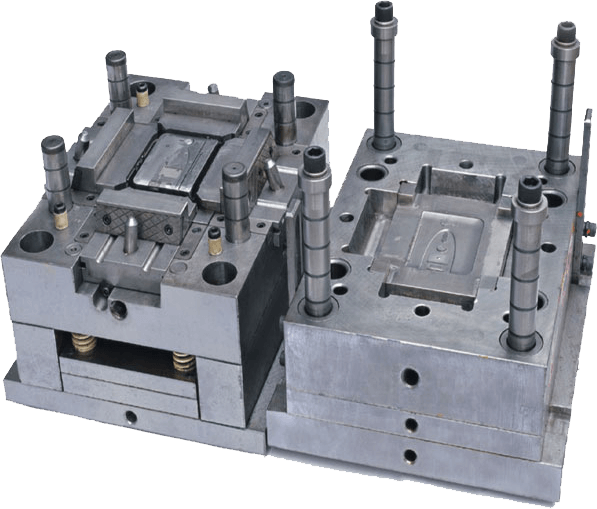Composite injection molding is a manufacturing technique that's used to create complex and high-performance parts by injecting a mixture of composite materials into a mold. This advanced molding process is used in many industries, like automotive, aerospace, electronics, and consumer goods, because it can produce lightweight, durable, and precision-engineered parts. In this article, we'll dive into the basics of composite injection molding, the materials it's made of, its main benefits, and the different ways it's used.
What is Composite Injection Molding?
In composite injection molding, you're working with composite materials, which are basically a mix of a resin matrix and fibers as a reinforcement. These composites get injected into a mold under high pressure, where they're then allowed to set or cool into a solid shape. This process is great for making things that need to be strong but also lightweight, which is perfect for industries that need high-performance materials.
The two primary types of composite materials used in injection molding are thermoplastic composites and thermoset composites. Thermoplastic composites can be re-melted and reshaped, while thermoset composites harden permanently once they're cured and can't be reprocessed. Both types have their own advantages, depending on what you're making.

How Does Composite Injection Molding Work?
The process of composite injection molding generally follows these key steps:
- Preparation of the Composite Material: The composite material (which can include fibers like glass, carbon, or aramid) is combined with a resin (either thermoplastic or thermoset) and prepared in the form of pellets or pre-forms. The mixture is loaded into the injection molding machine.
- Injection into the Mold: The prepared composite material is injected into a pre-heated mold under high pressure. The mold is designed to match the final product's exact shape, so the material fills up all the space and captures all the details.
- Curing or Cooling: Depending on the type of composite, the material is either cured (for thermoset composites) or cooled (for thermoplastic composites) inside the mold to harden and solidify into the final shape.
- Demolding: Then, after that, the molded component is ejected from the mold and is ready for trimming, painting, or assembly.
Benefits of Composite Injection Molding
- Lightweight and High Strength: Composite injection molding makes parts that are lightweight and long-lasting. The fibers used in composite materials, like glass or carbon fibers, provide great strength-to-weight ratios, making them ideal for applications where weight and performance are both important.
- Cost Efficiency for Large-Scale Production: The ability to mass-produce complex parts with consistent quality at relatively low costs makes composite injection molding a great cost-effective choice. This is a huge deal for industries like automotive and aerospace, where high-volume production is the name of the game.
- Design Flexibility: Composite injection molding lets you create complex shapes that would be tough or even impossible to achieve with other methods. You can also combine multiple functions into a single part, which reduces the need for assembly.
- Improved Durability: Parts made with composite materials are more durable, resistant to chemicals, and perform well at high temperatures. This makes them perfect for harsh environments, like car under-hood parts and aerospace.
- Reduced Material Waste: Unlike traditional molding methods, composite injection molding produces very little scrap material. The process involves precise injection of material into the mold cavity, ensuring minimal waste and better material use.
Applications of Composite Injection Molding
Composite injection molding is used in a bunch of different industries because it makes lightweight, strong, and cost-effective components. Here are some of the main uses:
1. Automotive Industry
The automotive industry is one of the biggest consumers of composite injection molding. It uses it to make lightweight yet strong parts that improve fuel efficiency and vehicle performance. Some common applications are engine covers, bumpers, interior panels, structural components, and wheel wells. It helps make vehicles lighter while keeping them strong, which is important to meet environmental and safety standards.
2. Aerospace Industry
The aerospace industry really benefits from composite injection molding. It helps make lightweight, durable parts that can handle extreme temperatures and mechanical stresses. Some aerospace applications include interior panels, seat frames, door linings, and aircraft brackets. By using these materials, manufacturers can make planes lighter, which improves fuel efficiency and performance.
3. Consumer Electronics
Composite injection molding is being used more and more to make parts for electronics like smartphones, laptops, and electronic housings. These applications need materials that are lightweight, strong, and look good, and composites can provide that. On top of that, composites help make electronics lighter while making sure they can handle the environment.
4. Sports and Recreation Equipment
Composite injection molding is also used to make high-performance sporting goods, like bicycle frames, ski poles, and fishing rods. These parts need to be strong, flexible, and lightweight, and composite materials are great at that. So, sports equipment manufacturers are using composite injection molding more and more to meet the needs of athletes.
5. Industrial and Manufacturing Components
In industrial settings, composite injection molding is used to make parts for machinery parts, valves, and conveyor components. These parts often need to be able to handle tough operating conditions, like high temperatures and exposure to chemicals. Composite materials are great for these applications because they're strong, heat resistant, and durable.
Key Considerations in Composite Injection Molding
While composite injection molding has a lot of advantages, there are a few things to keep in mind to make sure the process goes well:
- Material Selection: Picking the right composite material is key to a successful injection molding process. You've got to think about things like fiber type, resin type, and the mechanical properties you want the final part to have.
- Mold Design: The mold design has to handle the high pressure and heat used in composite injection molding. Complex geometries might need advanced mold designs with extra features like cooling channels and venting systems.
- Processing Parameters: You've got to control the processing conditions like injection speed, mold temperature, and curing time to avoid defects like voids, warping, or not filling the mold completely.
- Material Recycling: It's sometimes hard to recycle composite materials, especially thermoset ones. But manufacturers are always developing more sustainable materials and recycling processes to reduce waste and improve the environmental impact of composite injection molding.

Conclusion
Composite injection molding is a game-changing technology that has a lot of advantages for making high-performance parts for all kinds of industries. By using the strength and lightweight properties of composite materials, manufacturers can make parts that are strong and cost-effective. In the automotive, aerospace, electronics, and other industries, composite injection molding is a key tool for making new and efficient products that meet the needs of modern industries.
